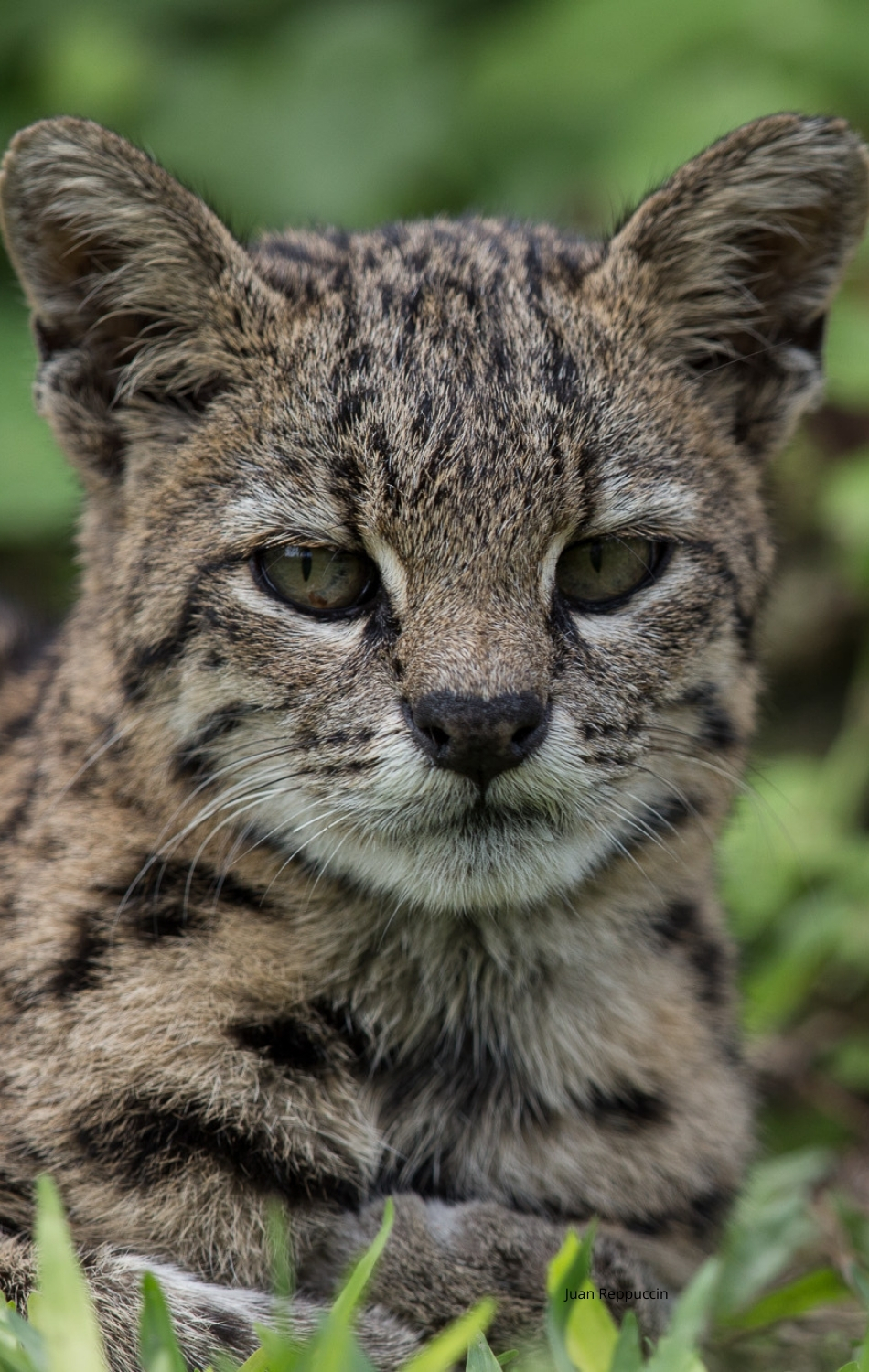Trophic ecology of sympatric small cats in the Brazilian Pampa
The Neotropical region presents a rich diversity of felids with many species living sympatrically. Especially in the Brazilian Pampa, the small cats present a high degree of overlap in several ecological aspects, such as in habitat use, activity patterns, and size, suggesting the existence of interspecific competition. Despite these felines make up a good model for understanding how closely related species coexist in the same habitat, this region lacks many basic data about them.
Information on the feeding ecology is essential to understanding these carnivores’ role in the environment and their impact on prey populations. The aim of this study, started in 2013, was to describe comparatively the food habits of the Geoffroy's cat (Leopardus geoffroyi), the pampas cat (L. munoai), the margay (L. wiedii) and the jaguarundi (Herpailurus yagouaroundi), and to evaluate their niche overlap and ecological aspects in the Brazilian Pampa. We collected stomach contents of 98 road-killed specimens, along highways of Rio Grande do Sul state. The full results were published in 2018 in the scientific journal PLoS ONE (https://doi.org/10.1371/journal.pone.0201257).
The cats collected during and after this work were taken to the “Museu de Zoologia do Pampa”, based at the Laboratório de Biologia de Mamíferos e Aves (LABIMAVE), of Universidade Federal do Pampa (UNIPAMPA). Whenever possible, they were taxidermised and included in this scientific collection, as voucher specimens.
Membros: Raissa Prior Migliorini, Felipe Bortolotto Peters, Marina Ochoa Favarini e Carlos Benhur Kasper.






